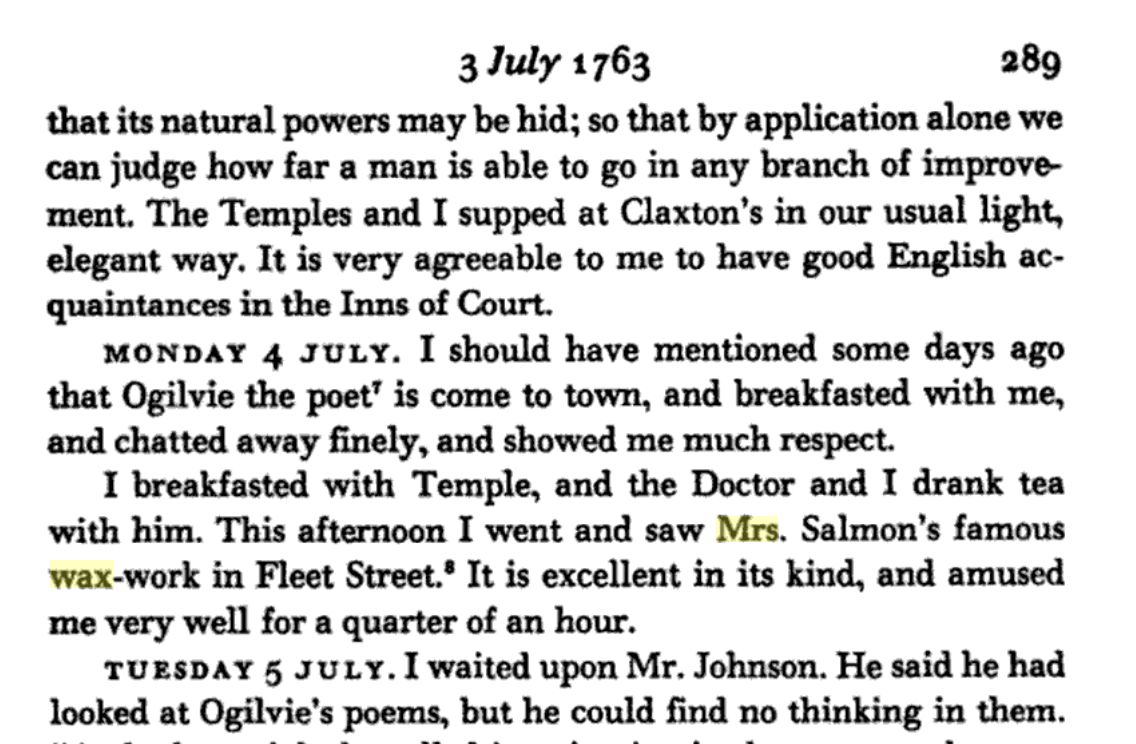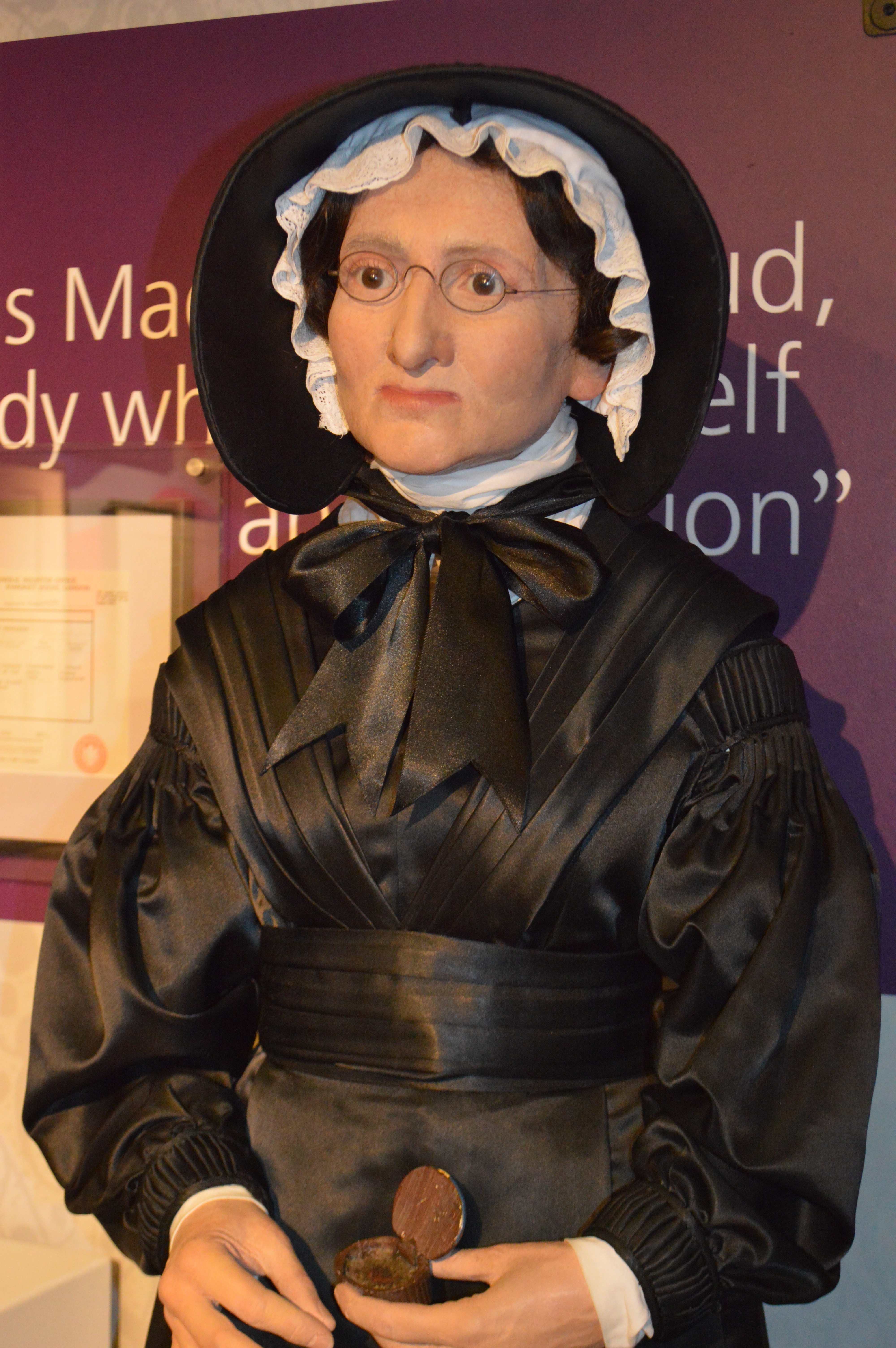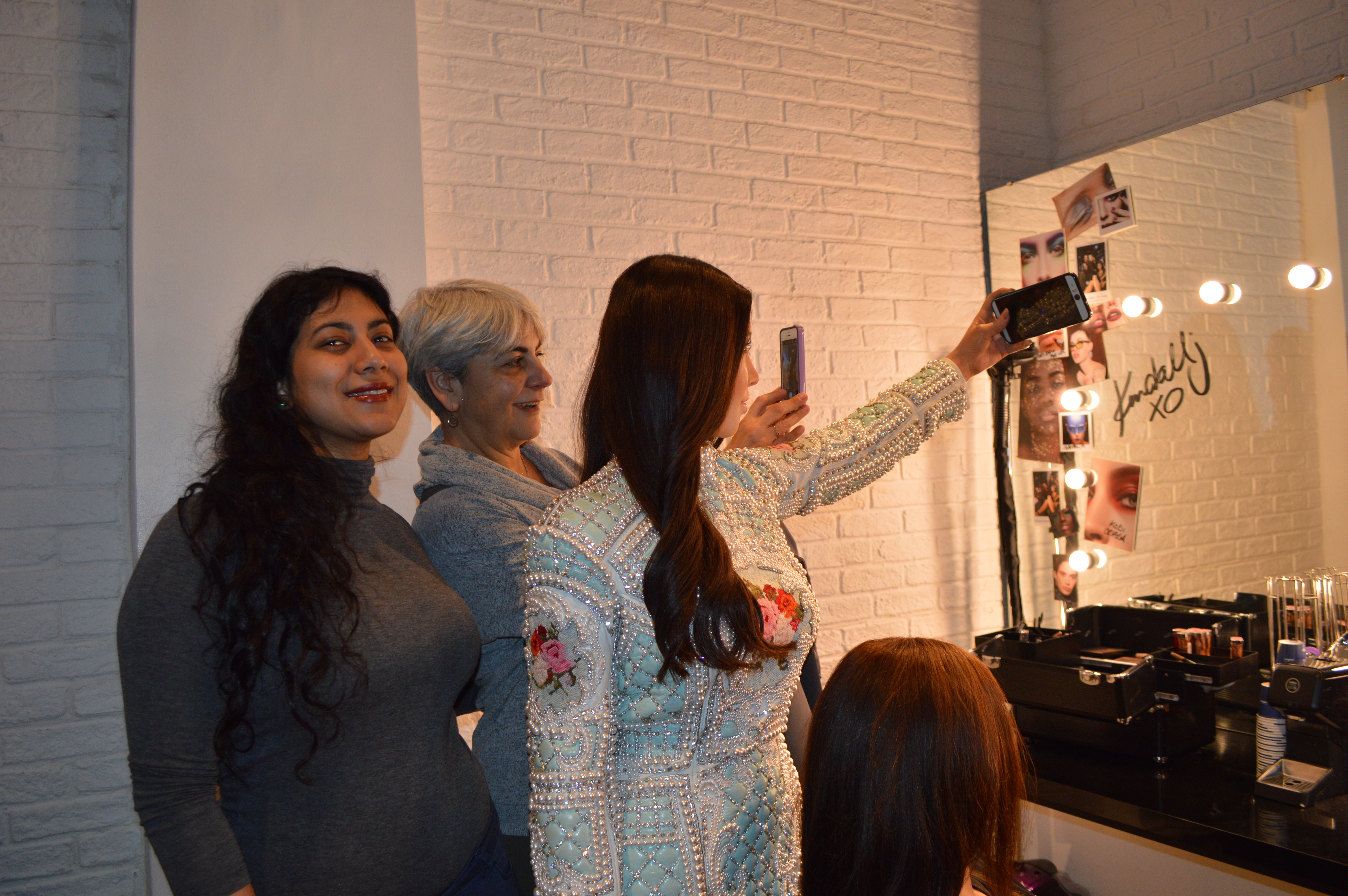The History Behind Madame Tussaud’s Wax Museum
As you will see in Hannah Cowley’s The Town Before You (1795), women besides Mary Wollstonecraft had an enormous impact on the revolutionary thinking that changed politics and society at the end of the eighteenth century. Cowley’s play highlights women artists whose media were directly connected to revolutionary activity and had long term impact. Anne Dacier’s sculptures can still be seen throughout England today.
Mrs. Salmon preceded Mme Tussaud in bringing wax sculpture, an art central to the French Revolution, to London. In 1763, James Boswell visited reported in his London Journal visiting Mrs. Salmon’s wax museum and being entertained:
The Biographical Dictionary of Actors and Actresses (ed Philip Highfill et al. vol 13) records for us both an etching of the exterior of Mrs. Salmon’s wax museum as both Boswell and Cowley would have known it in the 18th century. The dictionary also gives us an account of Mrs. Salmon’s life in London as an artist:
The Mrs. Salmon’s that Cowley describes in her play places London at the heart of international cosmopolitanism as it is achieved, in this case, by a woman. The Advertisement for “Mrs. Salmon’s Royal Wax Works,” as Boswell visited it in 1763 reveals a diversity above all. As you’ll see in Mme Tussaud’s exhibit, that diversity and cosmopolitanism remains today, without the grizzliness of its origins. Here is the cultural medley that Boswell experienced as the advertisement promises it:
1st Room. Is to be seen a beautiful Rock, ornamented with Pearls, Corals, and rich Stones. It contains six Caves, in which are seen Hermits moving, Mermaids waving; Peter the wild Boy; the British Giant, or King Arthur of the round Table, with his Queen Guinera, whose Bodies were found entire at Glastonbury 600 years after they had been buried, Jeoffrey of Monmouth, the first English Writer. A Dutch Merry-making. A Cherokee King, with his Chief. John the Painter. The fair Princess Andromeda, who was chained to a Rock, to be devoured by a Sea-Monster. King Henry VIII, introducing to Court Anna Bullen, to great dislike of Queen Katherine and Cardinal Wolsey. The chaste Susanna and Two Elders, in the Garden.
The medley helps to mark England as the center of a growing empire–and the artist is a woman as is the playwright who depicts the sculptor and the wax artist.
Today the history of the museum is on display and its exhibits remain true to both the medley of the original and the artists’ blurring of the line between realities we live privately and those created for us especially through society’s spectacles. It also allows us to become experience the celebrity culture that the art is built upon.









